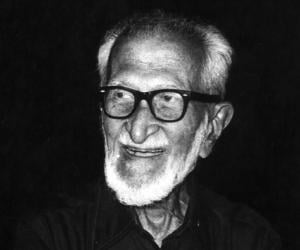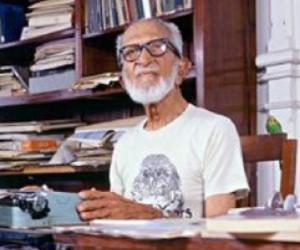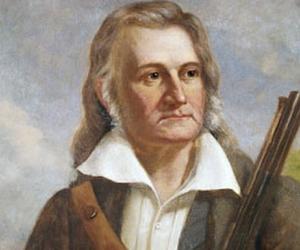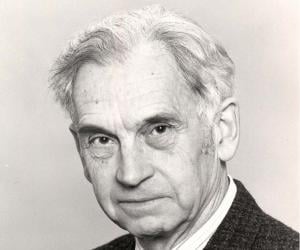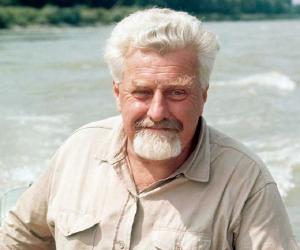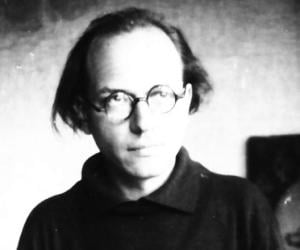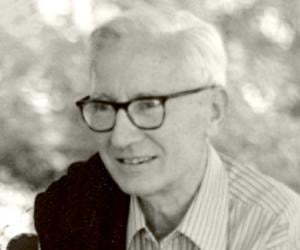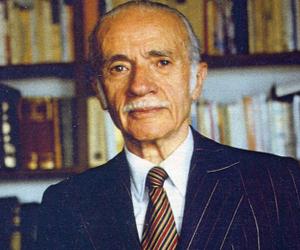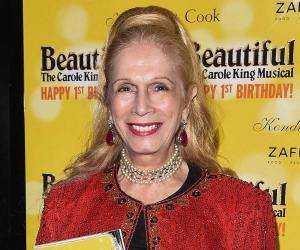Birthday: November 12, 1896 (Scorpio)
Salim Ali
(Ornithologist)
Salim Ali was an Indian ornithologist and naturalist, often referred to as the "birdman of India." Among the first Indians to conduct systematic bird surveys across India, he also authored several books on birds that helped to popularize ornithology in India. Born into a large family, he lost both his parents in quick succession and was orphaned by the age of three. He was taken in by his childless uncle and aunt and received a middle-class upbringing at their home. He developed an early interest in birds and was introduced to W. S. Millard, secretary of the Bombay Natural History Society (BNHS) when he needed help in identifying a bird he had shot. Millard kindled in him a deep desire to learn more about birds and the young boy ventured into ornithology. Even though he did not posses any formal training in the subject, he went on to become a very renowned ornithologist whose works are credited to have popularized the study of birds in India. Following India’s partition in 1947 he became a key figure at the Bombay Natural History Society and was actively involved in the creation of the Bharatpur bird sanctuary (Keoladeo National Park). He received several honors for his life’s work, including the Padma Bhushan and the Padma Vibhushan.
Birthday: November 12, 1896 (Scorpio)
82
6
82
6
